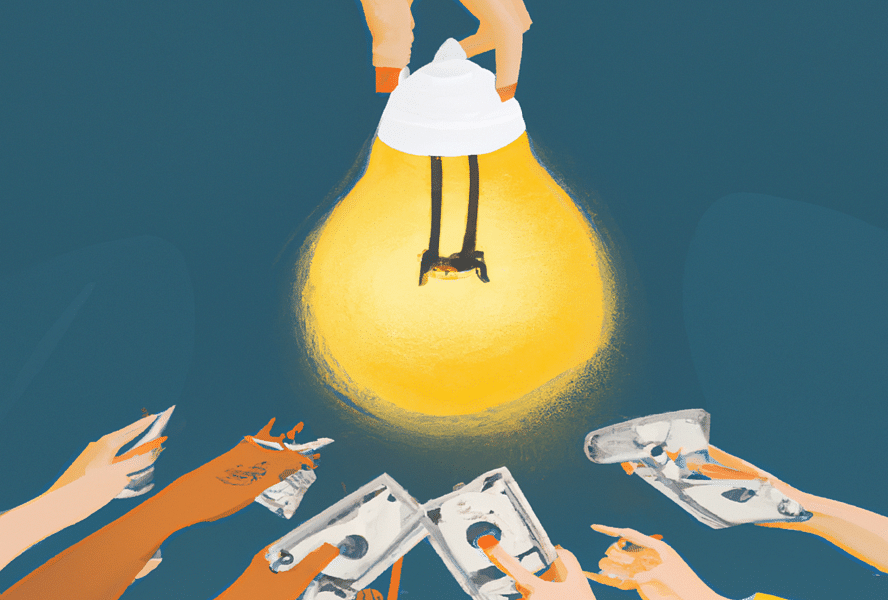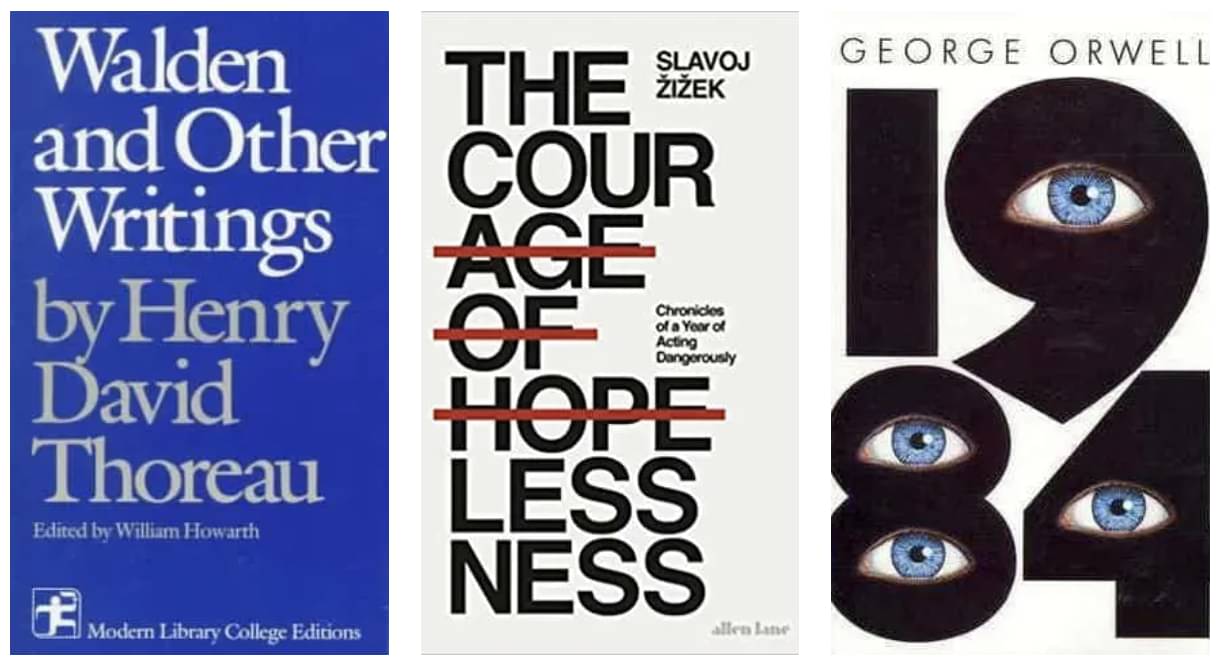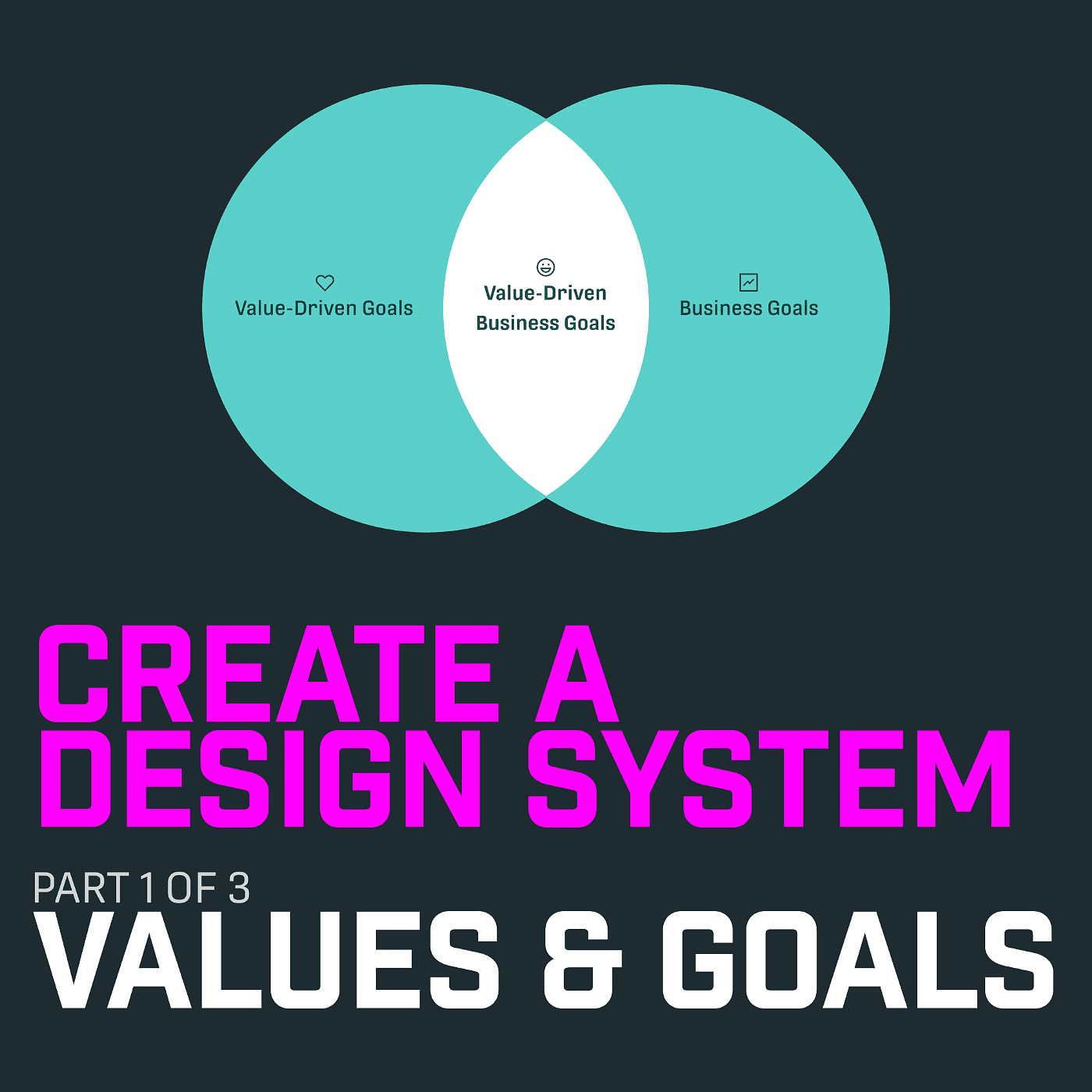
Crossover is an interview series with groundbreaking designers and developers exploring new and uncertain domains. From Web3 to AI, to building new business models, put aside any preconceptions and immerse yourself in these creative journeys with an open mind.
Currently pushing pixels at GitHub, Maxime is one of those amazing designers who also codes, with an inspiring collection of side projects and product launches. If you’ve been following the design industry, you may remember his work at Marvel App, or his Sketch plugins such as tinyfac.es, or even his fun Slack integrations like Leaderboard.
In this Interview, we’ll find out how Max spent lockdown learning 3D design, leading to a venture into NFTs. He shares the stigmas and challenges of entering the NFT space in the first place, and how his roots in open source influence the TinyFacesNFT roadmap. Through Max’s journey, we can develop an understanding of the crypto space from a designer’s perspective, and debate some of the misconceptions at the end.
A lot of people in the tech community still see NFTs only as an opportunity to make quick money in an unethical way. I had a couple of people messaging me directly to disapprove my decision to step into this space.

1. Tell us about your current work and side projects
My name is Maxime De Greve (but you can call me Max), and I’m a Belgian designer/developer living in the leafy south-east London. I’ve been working in the tech field for a little over 10 years now, driving innovation and pushing pixels at companies like Marvel App and at GitHub (Microsoft), where I work at present. I also run a few other projects on the side – these include:
- hifiv.es – A Slack integration to promote recognition at work
- greenlistapp – A Slack integration to promote sustainability in the workplace
- Leaderboard – A Slack integration to keep score of office games
- tinyfac.es – A free crowd-sourced avatar gallery for designers and developers



Letter
Discovering the NFT skepticism
2. You made TinyFac.es some years ago as a collection of avatars for developers and designers to use in their projects. Do you see the NFT as an evolution of that?
I started TinyFaces back in 2016 as a way to elevate the quality and resolution of the profile pictures I was embedding in my design files. Screen resolution was getting crispier at the time and I figured a lot of other designers were going through the same struggle of finding good quality avatars that they could use in their projects royalty-free.
I wanted to create something that would resonate with a lot of designers and developers out there, like the other project did back then.

TinyFacesNFT is a completely separate project. The art lives on the blockchain and every image is owned by a specific member. Although their use cases, technology and execution are very very different, they are both profile picture projects at their core, and that’s why I liked to repurpose the original name.
NFTs are the way people show off their identity in this new Web3 space. The art you choose says a lot about you or the community you’re part of and so I wanted to create something that would resonate with a lot of designers and developers out there, like the other project did back then.
3. There’s a lot of designers and developers within your audience. Have you met any skepticism when starting an NFT project?
Unfortunately a lot of people in the tech community still see NFTs only as an opportunity to make quick money in an unethical way, and I had a couple of people messaging me directly to disapprove my decision to step into this space.
I personally think that there’s so much knowledge and value that designers and developers can add to space to make things better.
For example, I went into this project knowing the NFT ecosystem is full of scams and inflated numbers so I decided to build a custom technology that analyses the authenticity of our user base and with that, filter out bots and other spam accounts. This is has helped us build a genuine community of real people and it turned out, this was what missing in the space and something people really cared about.

4. You’ve had some open source projects in the past – do you plan on open sourcing aspects of TinyFacesNFT? Have you seen any contributions from the community so far?
We haven’t open sourced any aspect of TinyFacesNFT and don’t have any official collaborator yet, but things might change soon. Everyone that has joined so far is so passionate and willing to contribute their ideas and skillset to make this project a huge success so we really want to tap into this huge pool of talent that we have at hand.

I personally think that there’s so much knowledge and value that designers and developers can add to space to make things better.

Web2 to NFT: From Design Systems to ‘NFT Design Systems’
5. What’s the process behind creating your artwork? What tools did you use along the way, and for what purpose?
I mainly use Blender and Figma. First I design the icons and set my colour palettes in Figma, and then I jump into Blender to create the 3D artwork. I’m quite new to the 3D space, so I tried to keep things simple. The outfits are done through classic 3D modelling, as it gives the characters a slick and modern look. Their faces however are made using the sculpting tool, as I wanted to give an organic, realistic look people could fall in love with.

6. Are there any parallels with design work you’ve done in the past when approaching NFTs? Have concepts such as design systems come into it?
Oh, so many. All characters are uniquely generated by combining hundreds of attributes, and in particular their skin, lip, hair and outfit colours. Everything needs to work in harmony so having a rigid design system is extremely important.
Everything needs to work in harmony so having a rigid design system is extremely important.
Similarly to when designing a website, I’ve limited each colour scheme to only have 4 colours. There’s a core, a supporting, an accent and background colour. This helps maintain a hierarchy and a colour dominance across the different outfit combinations. Every colour scheme is also carefully tested to make sure it contrast well against all the different skin tones and the other facial traits.

There were also really complex considerations that went into defining the final colour scheme and combination of traits. For example: should people with darker skin tones have ginger hair even though it’s extremely uncommon? But on the other hand, should white people with ginger hair be considered more rare? As you can see there were a lot of ethical considerations as much as design system consideration to think about when building the system for an NFT collection.

7. How did you develop the identity and branding for the project?
I initially didn’t realise how much work goes into creating NFT project. Not only the art needs to be on point, but the whole project needs to have a very clear identity and a sentiment, otherwise it’s very easy to go off track.
He’s taken inspiration from some of the most iconic movie posters to design our logo and choose our quirky and unique font.
When I first started, I didn’t have a clear direction in mind. I was selecting colours purely based on personal preference but I had noticed that things didn’t look too cohesive. That’s when I asked Fil (Filippo Chiumiento) to step in and help. A lot of people on Twitter kept saying how much the art and the characters reminded them of the Wes Anderson’s universe and so he took that idea and built up an entire identity around it.

He’s referenced the aesthetic of Anderson’s movies to refine the colour palette and used that nostalgic, retro vibe as a red thread to connect all the colour variation. He’s taken inspiration from some of the most iconic movie posters to design our logo and choose our quirky and unique font. He managed to create an identity that feels completely modern while maintaining that iconic vintage chic look, and that has really resonated with our audience and made our project stand out against everything else.
For more depth on the process behind the creation of TinyFaces characters, check out this walkthrough from Max:

Web3, Blockchain, and NFTs…for designers
With all the different technologies and jargon, the crypto space can be daunting, and some of the horror stories out there can make it feel off-putting. This penultimate section focuses on understanding this space and how to keep safe.
8. What does Web3 mean to you, and where do NFTs fit in?
The decentralised eco-system of Web3 felt very exciting at first because it moved the power from the big player back to small talented individuals. It felt like everyone could dream big and really make its mark in this new internet era.
Most big projects are currently driven by greed and dodgy sales techniques.
Sadly a lot of the big players have understood the potential of this technology and have taken control once again, which has made people lose a bit of trust into things like NFT’s. There is very few regulation in this space, and although governments have started to take action, most big projects are currently driven by greed and dodgy sales techniques (like buying fake followers/engagement or buying up their own collection to pretend it’s selling out.) But as I said, I hope things will get better.
I think NFTs are here to stay and are gonna play a big role in the future, especially as the hardware technology and AR will continue to improve. NFTs will become an extension of our digital experience, a personal touch we can add to things like fashion, decor, video games and more.
9. How do you find the experience of buying an NFT – could you see a future where blockchain technology is widely adopted?
Minting an NFT can be extremely confusing and overwhelming, especially for newcomers or people who aren’t really familiar with crypto and web3 in general but simply want to buy some amazing art.
Things like gas fees, gas wars or spikes are quite difficult to grasp and can easily loose you a few dollars if you’re not careful. You also need to be familiar with the concept of a digital wallet, crypto currencies, token IDs, smart contracts… it’s all very new and scary for a lot of people and I think that is because of language barrier.
The technology is extremely exciting, but there’s more we can do to make it more human and more easily comprehendible.
The technology is extremely exciting, but there’s more we can do to make it more human and more easily comprehendible. On my project for example, I assigned each character a name so that people can refer to their NFT as a person instead as a token ID. This has made communication easier and more personal and people have loved that!

10. Do you notice any changes in the design community since Web3 has emerged?
I think the initial impression with NFTs everyone had was that people were making a shit load of money from doing very little. The art is sometimes questionable, and it can be infuriating to see people making millions with art that is at times nonsense and not aesthetically pleasing (especially given the amount of talented illustrators and artists out there).
Although the old generation has been very dismissive, I think young designers are started to get really excited to experiment with this new media.
But designers are now starting to open up to it and embracing this new space. NFTs are a huge opportunity for digital art to finally be appreciated and rewarded at the same level as traditional fine art has been in the past. Although the old generation has been very dismissive, I think young designers are started to get really excited to experiment with this new media.
11. Do you think NFTs can live alongside Open Source?
Since our community consists mostly of designers and developers, I can see a huge benefit in making many parts of TinyFacesNFT open source so that everyone can contribute to the project with their own skills and expertise. Everyone who bought a TinyFace is fully invested and wants this project succeed and go up in value as much as we do, so I can see this being a huge incentive for them to contribute.
Our TinyFaces website is now open source on @github. We believe building NFT utilities and communities should be done in the open. WAGMI 🚀https://t.co/gztbALup3z
— TinyFaces NFT 👦🏼👨🏾👩🏻 MINTING NOW (@TinyFacesNFT) April 28, 2022
12. In Web3, pseudonymity is a norm. How come you have doxxed yourselves from the start?
Changing my name or staying totally hidden didn’t feel like the most fair thing to do towards the people buying into the project. As a founder, I want to be responsible for providing answers, infusing trust and guiding people forward even in times when things are ambiguous.
Every single misstep can have a huge repercussion on my personal and professional reputation
I’ve got to admit, it’s often scary and overwhelming as there’s a huge pressure on me to be right at all times. Every single misstep can have a huge repercussion on my personal and professional reputation, but despite that, this felt the most genuine way of running things.

Building for the Community: Future of TinyFaces
13. Do you see the project as something community owned?
When we first started TinyFaces the art was driving the community but now it’s the other way around. We have made a lot of decision based on the feedback we received through Discord and Twitter. Like I said before, everyone is extremely passionate and skilled, it would be a shamed to not tap into all of that knowledge.
14. What’s next?
We have a bunch of small projects we want to tackle first while we look after ourselves and take time to recharge. This includes giving all TinyFaces member the ability to download their purchased art as a wallpaper for their devices, and wearing the character’s hat and glasses through AR filters on Instagram and Messenger.
When we first started TinyFaces the art was driving the community but now it’s the other way around.
But there are other big projects on our roadmap that will be released in the upcoming months exclusively to our TinyFacesNFT holders. We want to develop a tool for our community to validate the hype of other NFT projects and make better decision before buying their art. We also want to take our collection further by expanding our collaborations and maybe allowing holder to expand their characters by adding a TinyPet. We also love the idea of exploring ways to reward some of our bigger holders with swag and maybe vinyl toys. Stay tuned!
Although I'm not savvy / super into web3, I couldn't be happier about @MaximeDeGreve's successful launch.
TinyFaces is polished and unique, a reflection of all your work.
Kudos mate <3 https://t.co/bX9e7iNNgL
— Adrián Mato 🐙 (@adrianmg) April 25, 2022

You can follow the work of Maxime, Filippo, and the TinyFacesNFT project on Twitter. Get our newsletter for more stories of brave designers doing new stuff.


 Buy me a coffee
Buy me a coffee



